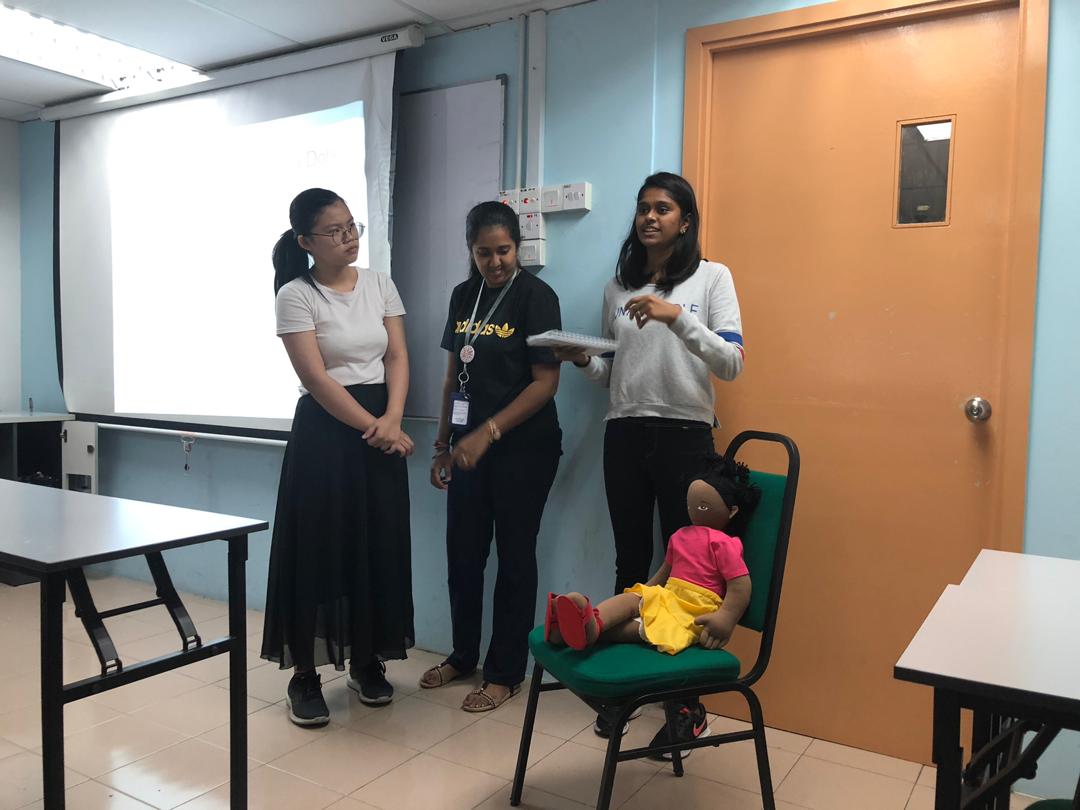Special Needs Education has a broad scope. It is not only concerned with children with learning disabilities, physical impairments, disabilities and handicaps. It is also concerned with gifted, talented and marginalized children. Special Needs Education not only focuses on an individual’s academic learning. It also focuses on developing his or her independence and social interaction skills throughout his or her life span. Besides individual personal development, Special Needs Education will carry out its development in various forms, including learning materials, physical classroom designs, teaching resources and special classes for the children.
Children with learning disabilities and marginalized children require special types of teaching approaches, care or equipment that can be used both within and outside the regular classroom. Through this special education, children will enjoy the education and gain their confidence according to the specialized individual program’s needs. It is important for all of them to receive a proper education from young. A special education program should be customized to address each student’s needs. Special educators can provide a variety of teaching approaches in addressing students with various disabilities so that they can receive multiple support based on their individual needs. It is crucial for special education programs to be individualized so that they can address the unique combination of needs in students in order to ensure the full development of their capabilities.
The concept of special education focuses on the educational structure’s design which has the potential to help the children in getting a quality education. So, it has become very important for the educator or teacher to apply the appropriate teaching methodologies in classroom settings. Using appropriate tools can help children in meeting their learning needs and requirements. The education structure can be made to go faster or slower according to the students’ needs and requirements and it must be able to help the students in understanding the learning process or information provided by their teachers.
The implementation of Special Needs Education in an early year classroom setting can reduce discrimination by enabling children with or without disabilities to grow up together. Special education enables children to learn and allows them to become positive role models in their lives. Classroom settings for special education will help children with special needs to develop according to their learning pace in term of physically and mentally growth.
Besides this, parental involvement also may play an important role in helping their children learn and grow according to the school program that was planned by their teachers. Parents must get involved and take active roles as members of the Individual Education Program (IEP) that have been designed by the respective schools when making educational decisions for students according to their needs.
To conclude, educators or teachers and parents play important roles in delivering and in enhancing appropriate teaching methodologies according to individual needs. Positive teaching and learning attitudes can help in building a strong and confident child. Educators should have positive minds and be positive role models during the implementation of special education needs to their students. We strongly believe that no child should be left behind. All children must have the right to receive their education equally.

